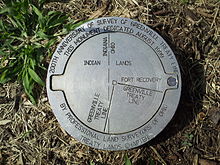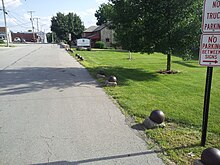
Mercer County is located in the U.S. state of Ohio. As of the 2020 census, the population was 42,528. Its county seat is Celina. The county was created in 1820 and later organized in 1824. It is named for Hugh Mercer, an officer in the American Revolutionary War.
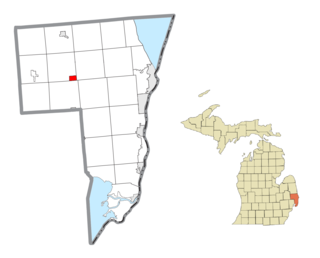
Emmett is a village in St. Clair County of the U.S. state of Michigan. The population was 269 at the 2010 census. The village is located within Emmett Township.
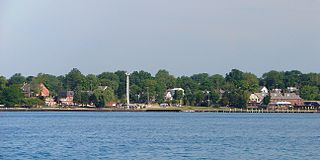
St. Clair is a city in St. Clair County in the eastern "Thumb" of the U.S. state of Michigan. The population was 5,485 at the 2010 census. The city is located on the St. Clair River near the southeast corner of St. Clair Township.

St. Clair or Saint Clair is a city in Blue Earth County, Minnesota, United States, located along the Le Sueur River. The population was 750 at the 2020 census. It is part of the Mankato-North Mankato Metropolitan Statistical Area.

St. Marys is a city in Auglaize County, Ohio, United States. Located in western Ohio, it is 11 miles (18 km) west of Wapakoneta and 20 miles (32 km) east of the Ohio–Indiana border. Founded in 1823, the city is located on a portage between the St. Marys and Auglaize river systems, which was a significant factor in its development before the era of canals. The population was 8,397 at the 2020 census. It is included in the Wapakoneta micropolitan area.

Greenville is a city in and the county seat of Darke County, Ohio, United States. It is located near Ohio's western edge, about 33 miles (53 km) northwest of Dayton. The population was 12,786 at the 2020 census.
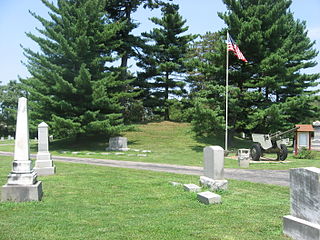
Newtown is a village in southeastern Hamilton County, Ohio, United States, near Cincinnati. The population was 2,702 at the 2020 census. Newtown was settled in 1792 and incorporated as a village in 1901.

St. Bernard or Saint Bernard is a village in Hamilton County, Ohio, United States. It is an enclave and suburb of Cincinnati. The population was 4,070 at the 2020 census.
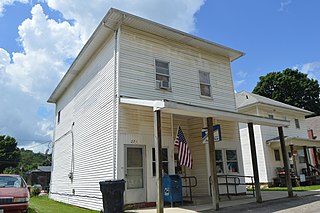
St. Louisville is a village in Licking County, Ohio, United States, along the North Fork of the Licking River. The population was 352 at the 2020 census.

Whitehouse is a village within the Toledo Metropolitan Area in Lucas County, Ohio, United States. The population was 4,990 at the 2020 census.

Rockford is a village in Mercer County, Ohio, United States. The village is on the St. Mary's River near the center of the western Ohio border 12 miles Northwest of Celina. The population was 1,051 at the 2020 census.

Antwerp is a village in Paulding County, Ohio, United States, along the Maumee River. The population was 1,676 at the 2020 census.

Fort Jennings is a village in the southwestern corner of Putnam County, Ohio, United States. The population was 525 at the 2020 census.

Leipsic is a village in Putnam County, Ohio, United States. The population was 2,177 at the 2020 census.

Bainbridge is a village in Ross County, Ohio, United States, along Paint Creek. The population was 765 at the 2020 census.

South Salem is a village in Ross County, Ohio, United States. The population was 219 at the 2020 census.

Fort Loramie is a village in Shelby County, Ohio, United States, along Loramie Creek, a tributary of the Great Miami River in southwestern Ohio. It is 42 mi. north-northwest of Dayton and 20 mi. east of the Ohio/Indiana border. The population was 1,590 at the 2020 census. The village was founded in 1837 near the former site of a colonial fort of the same name.

Bolivar is a village in Tuscarawas County, Ohio, United States. The population was 1,000 at the 2020 census. Bolivar is also home to Fort Laurens, the only American Revolutionary War-era fort in what is now Ohio.

Zaleski is a village in Vinton County, Ohio, United States. The population was 230 at the 2020 census.

Montpelier is a village in Williams County, Ohio, United States. The population was 3,942 at the 2020 census.



